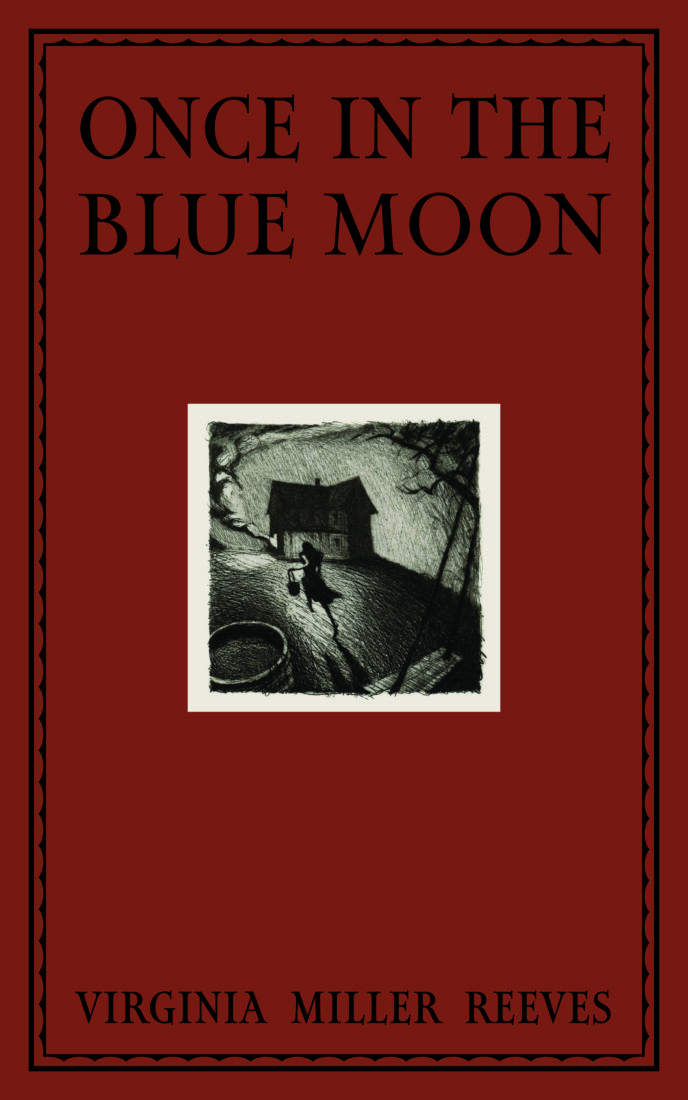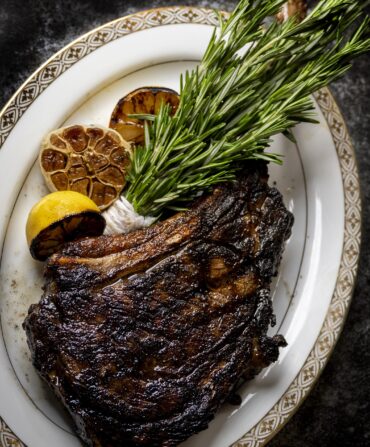According to a 2010 survey by fantasy and fiction writer Jim C. Hines, the average age of debut American authors is 36.2 years. But the story of Virginia Miller Reeves, a Dallas socialite and former teacher, proves it’s never too late to pursue your dreams—she made her debut as an author this year at “eighty-plus.”


Despite keeping her exact age a secret, she openly shared her heart in her first novel, Once in the Blue Moon. Drawing inspiration from her own Oklahoma childhood, Reeves’s story follows the young daughter of a struggling red dirt cotton farmer still haunted by the 1930s Dust Bowl as the country edges out of World War II. As Allied forces battle Nazis overseas, the farmer faces mounting debt and a critical decision at home: Fight to save his farm or find solace in the bottle.
Hot on the heels of her nearly sold-out first printing, Garden & Gun caught up with this remarkable late-in-life author to discuss history, the challenges of book illustration, and her unwavering “never-a-doubt” spirit that shines through both her pages and her personality.
Some of this book is from life and some is fiction, which made me wonder about the opening scene. It begins with a little girl, Maggie, being given a brand-new red pencil by her father. She’s so happy. Every day at school she’s had to ask the teacher for a pencil because her family is too poor to buy their own, and now finally she has one. But then her father, tipsy yet again, offers to sharpen it for her with his knife, and he whittles it down to a heartbreaking nub. Did that really happen to you?
The red pencil story is true. And that core memory was something I just knew I needed to write about.
No offense, but you’re in your eighties and live a comfortable life. Why write a first novel now?
I’ve always loved books and stories and I’ve always written stories. You know how writers are. You scribble and scrabble and you lay down some sentences and then they’re not right. And then you go on and then you come back and then you’re like, nah. Over many years I did that. And then this incredible thing happened. My daughter heard of a great writer’s conference, of all things, in Positano, Italy, called Sirenland. I applied and I got in.
Wow!
I got there and I was the oldest of all the people, but from that I got an agent.
When was that?
About twelve years ago.
That’s a long time ago. What made you keep going to get this published?
“Never a doubt” was a real mantra in my family. And I lived through some pretty dark times. But I felt I had an obligation to tell this story. I’m going to do it no matter how hard it is, no matter how many times I’m turned down by publishing companies, no matter how many times I feel bad about it. I’m going to persevere. And I’m not bragging on myself, but I’m just saying the idea of not quitting was just born in me.
You also insisted on having the opening of each chapter illustrated with copperplate etchings from artist Kyle Hobratschk. Why did you want those included?
I originally wanted to do songs from the period at the beginning of each chapter, but my editor said that broke up the rhythm of the story. Then I came across Kyle’s work and it reminded me of Thomas Hart Benton’s art of the 1930s. But nobody wanted them. You know, a publisher does not want the author to tell them what to do, especially an author of my age. So my book sat on the desk of one of the big five publishers for a long time until they said we can’t take it with illustrations. I said, “Well, we’re not going to do it unless it’s all one package.” Luckily, Deep Vellum’s publisher, Will Evans, had a different view.
That stick-to-itivness is so reflective of your characters, too. Other books cover the Okies who left during the Dust Bowl. But your story is different as it focuses on the realities of those who stayed behind.
I wanted so much to capture the voice of that period. During that World War II era, especially in Oklahoma, after the Dust Bowl and the Depression, it was such a difficult place. But it also had the endurance of the human spirit of people who have nothing but won’t give up.
Kind of like a newbie author I’ve heard of. So what’s next?
Kyle and I are working on a picture book for children with all of his beautiful illustrations that’s set in the same time period. After that, well, I have lots of stories I’m working on.
Garden & Gun has an affiliate partnership with bookshop.org and may receive a portion of sales when a reader clicks to buy a book.








